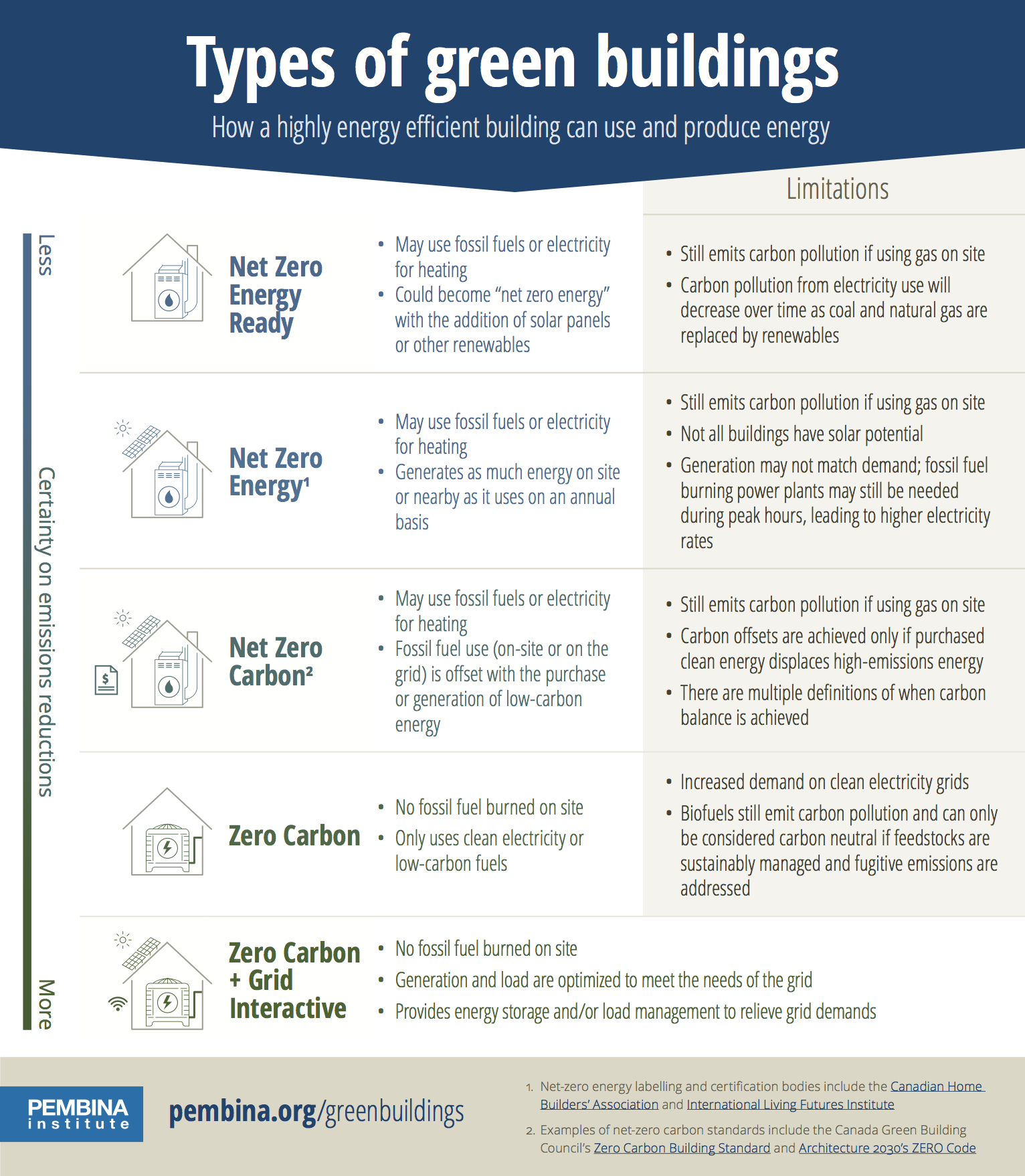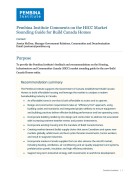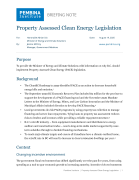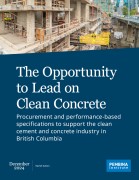Homes and buildings in Canada can both consume and produce energy in many ways. In the world of green buildings, a variety of terms are used and some confusion surrounds their definitions.
As governments focus on the imperative of reducing carbon pollution from new and existing buildings, it’s essential to understand the implications of setting energy goals for buildings. For example, a net-zero energy building may still emit significant amounts of carbon pollution if it has a natural gas furnace, or if it uses electricity produced from fossil fuels.
Setting net-zero energy as a goal for new construction can help modernize building practices, but might not ultimately meet our emissions reduction targets. Aiming for zero-carbon buildings more specifically addresses this objective, but should be balanced with good energy efficiency to limit extra demand for clean electricity.
As we prepare our building stock for the low-carbon future, the relative benefits of switching to clean fuels, on-site power generation, and energy efficiency should receive careful consideration.
This Pembina Institute infographic explains the implications for energy use and carbon pollution of five key types of green buildings:
- Net-zero energy ready
- Net-zero energy1
- Net-zero carbon2
- Zero carbon
- Zero carbon and grid interactive
Notes
- Net-zero energy labelling and certification bodies include the Canadian Home Builders’ Association and International Living Future Institute.
- Examples of net-zero carbon standards include the Canada Green Building Council’s Zero Carbon Building Standard and Architecture 2030’s ZERO Code.
See also
Infographic: B.C. needs a low-carbon buildings strategy
The Pembina Institute wishes to thank the Real Estate Foundation of B.C., Sitka Foundation, and North Growth Foundation for their generous support of our work.









